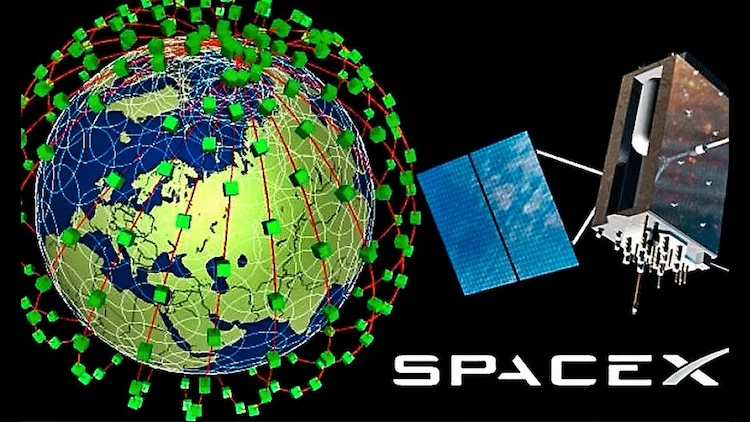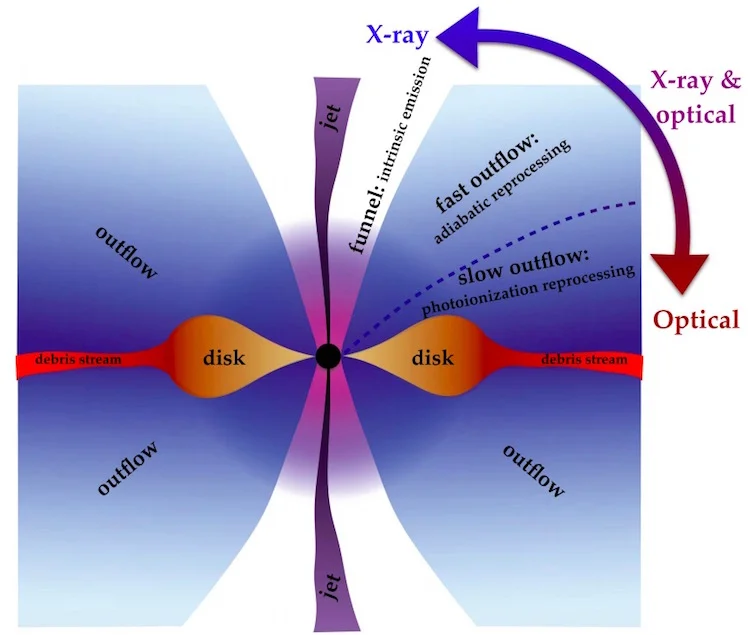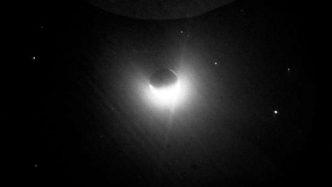The massive internet satellite constellation of SpaceX is now one step closer to the reality. SpaceX has successfully launched its first broadband internet test satellites (in second attempt). While the primary mission of the launch was to carry Earth-observation satellite, called Pax, developed by Spain, the payload of Falcon 9 also included Space’x first two internet satellites.
We have covered all important facts that will provide you with valuable insights of Space’s Internet Satellite constellation.
1. SpaceX’s satellite constellation development project, named Starlink, aims to build a high-performance, low cost satellite bus and necessary ground transceivers to implement new communication system based on space-internet.
2. They have submitted regulatory filling to launch a total of 11,925 satellites to orbit by the mid of 2020s. This is 6 times the number of active satellites currently orbiting Earth. They also plan to sell satellites (for exploratory purposes) that use the same satellite-bus.

3. These internet communication satellites will have mass anywhere between 100 and 500 kilograms, and they’re intended to orbit at an altitude of 1,100 kilometers. They will employ optical inter satellite links that will utilize >10,000 GHz of frequencies.
4. In order to reduce the cost, the satellites would be mass produced. According to the company’s CEO, Elon Musk, they’ll address both rockets and satellites in the future. Smaller and less-heavy satellites play an important role in reducing the cost of space-based communication system.
5. On 22nd February, 2018, SpaceX launched a 1360-kilogram radar observation satellite, Paz, owned by the government of Spain. The secondary payload, which created a lot of buzz, was SpaceX’s own internet satellite named Microsat 2a and 2b. The two test satellites were successfully launched into a sun-synchronous low Earth orbit, and were renamed to Tintin A and Tintin B.
6. The cargo was packed on the top of Falcon 9 rocket that was scheduled to launch from the Vandenberg Air Force Base, California. In previous missions, parts of the Falcon 9 have been recycled, including first-stage booster, but this time, space didn’t plan to recover the rockets’ first stage following the launch.
7. This is the first time SpaceX tried to pluck falling nose cone of Falcon rocket out of the sky, using a net-equipped boat named Mr. Steven. However, they didn’t succeed in the first attempt – Mr. Steven missed its target by “a few hundred meters”, the cone splashed down in the Pacific Ocean, without any serious damage.
8. Recovering the fairings of the future flights will save SpaceX approximately $6 million per launch, making spaceflight more affordable.
 Reusable fairings | Credit: SpaceX
Reusable fairings | Credit: SpaceX
9. Tintin A and B are currently orbiting at 625 km altitude (low Earth orbit) in a high-inclination orbit. For the next 6 to 12 months, they’ll be communicating with three testing ground stations for short durations (less than 10 minutes).
Read: The BFR (Big Fu***ng Rocket) by SpaceX | All You Need To Know
10. SpaceX wants to develop a satcomm system on Earth that could generate revenue and provide capital for their Mars transport project. The long-term objective is to build and deploy a communication system that would be used on Mars.


